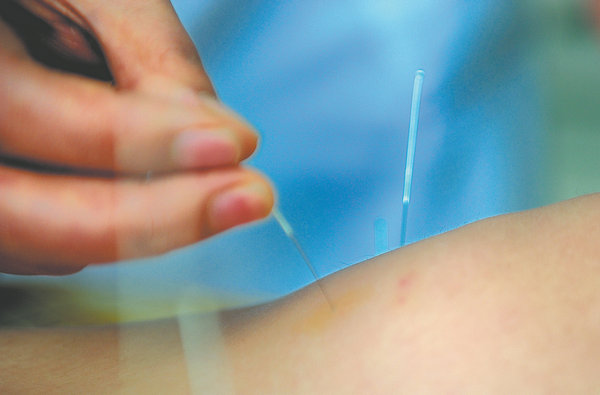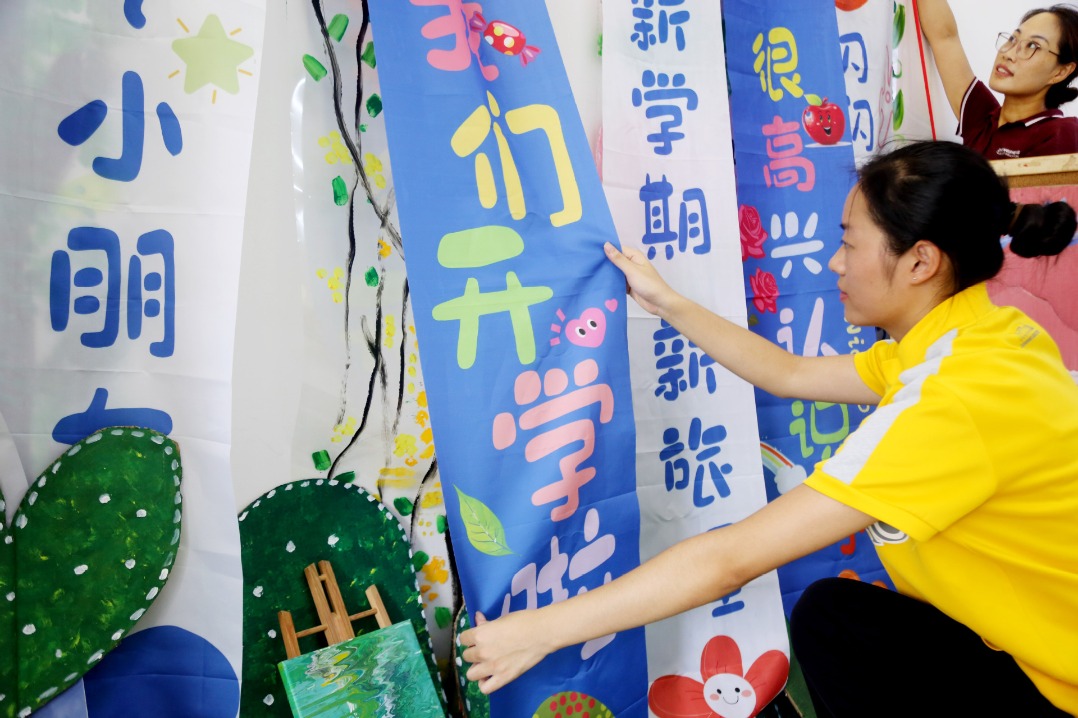The greatest Chinese inventions 偉大的中國發(fā)明
Thoughtco.com 2023-11-29 16:24


In Chinese history, there are four great inventions (四大發(fā)明, ?sì dà fā míng): the compass (指南針, zhǐ nán zhēn), gunpowder (火藥, huǒ yào), paper (造紙術(shù), zào zhǐ shù), and printing technology (活字印刷術(shù), huó zì yìn shuā shù). Since ancient times, there have been dozens of other noteworthy inventions that have made people’s lives easier around the world.
Compass
Before the compass was invented, explorers had to look at the sun, moon, and stars for directional guidance. The Chinese first used magnetic rocks to determine north and south. This technique was later incorporated into the design of the compass.
Paper
The first version of paper was made of hemp, rag, and fishing net. This coarse paper was created in the Western Han Dynasty but it was too hard to write on so it wasn’t widely used. Cai Lun (蔡倫, cài lún), a eunuch in the Eastern Han Dynasty court, invented a fine, white paper made of bark, hemp, cloth, and fishing net that could easily be written on.
Abacus
The Chinese abacus (算盤, suànpán) has seven or more rods and two parts. There are two beads on the top part and five beads on the bottom for decimals. Users can add, subtract, multiply, divide, find square roots and cube roots with the Chinese abacus.
Acupuncture
Acupuncture (針刺, zhēn cì), a form of Traditional Chinese Medicine in which needles are placed along the meridians of the body that control the flow of chi, was first mentioned in the ancient Chinese medical text Huangdi Neijing (《黃帝內(nèi)經(jīng)》huáng dì nèi jīng) which was compiled during the Warring States Period. The oldest acupuncture needles were made of gold and found in Liu Sheng’s (劉勝, liú shèng) tomb. Liu was a prince in the Western Han Dynasty.
Chopsticks
Emperor Xin (帝辛), also called King Zhou (紂王) made ivory chopsticks (筷子, kuài zi) during the Shang Dynasty. Bamboo, metal and other forms of chopsticks later evolved into the eating utensils used today.
Kites
Lu Ban (魯班), an engineer, philosopher, and artisan created a wooden bird in the fifth century BC which served as the first kite (風箏, fēng zheng). Kites were first used as rescue signals when Nanjing was attacked by General Hou Jing. Kites were also flown for fun starting in the Northern Wei period.
Mahjong
The modern version of mahjong (麻將, má jiàng), is often attributed to Qing Dynasty diplomatic official Zhen Yumen though the origins of mahjong stretch back to the Tang Dynasty as the tile game is based on an ancient card game.
Seismograph
Though the modern seismograph (地動儀, dì dòng yí) was invented in the mid-nineteenth century, Zhang Heng (張衡, zhāng héng), an official, astronomer, and mathematician of the Eastern Han Dynasty invented the first tool to measure earthquakes in 132 AD.
Tofu and Soymilk
Many scholars attribute tofu’s invention to Han Dynasty King Liu An (劉安) who prepared tofu (豆腐, dòu fu) in essentially the same way it is prepared today. Soymilk (豆?jié){, dòu jiāng) is also a Chinese invention.
Tea
The tea plant comes from Yunnan and its tea was first used for medicinal purposes. Chinese tea culture (茶文化, chá wén huà) began later in the Han Dynasty.
Gunpowder
The Chinese first used gunpowder to make explosives used by the military in the Five Dynasties and Ten Kingdoms period (五代十國, Wǔdài Shíguó). The Chinese invented cannons made of cast iron, cast iron landmines, and rockets, and gunpowder was used to make bamboo fireworks in the Song Dynasty.
Moveable Type
Moveable type (活字印刷術(shù), huó zì yìn shuā shù) was invented by Bi Sheng (畢昇, bì shēng), a craftsman who worked in a book factory in Hangzhou in the eleventh century. Characters were carved onto reusable clay blocks which were fired and then arranged in a metal holder brushed with ink. This invention contributed greatly to the history of printing.
Horticulture
Horticulture (園藝, yuán yì) has a long history in China. To improve the shape, color, and quality of plants, grafting (嫁接, jià jiē) was used in the sixth century. Greenhouses (溫室, wēn shì) were also used to cultivate vegetables.
Source: Thoughtco.com
Editor: wanwan

















 英語點津微信
英語點津微信 雙語小程序
雙語小程序